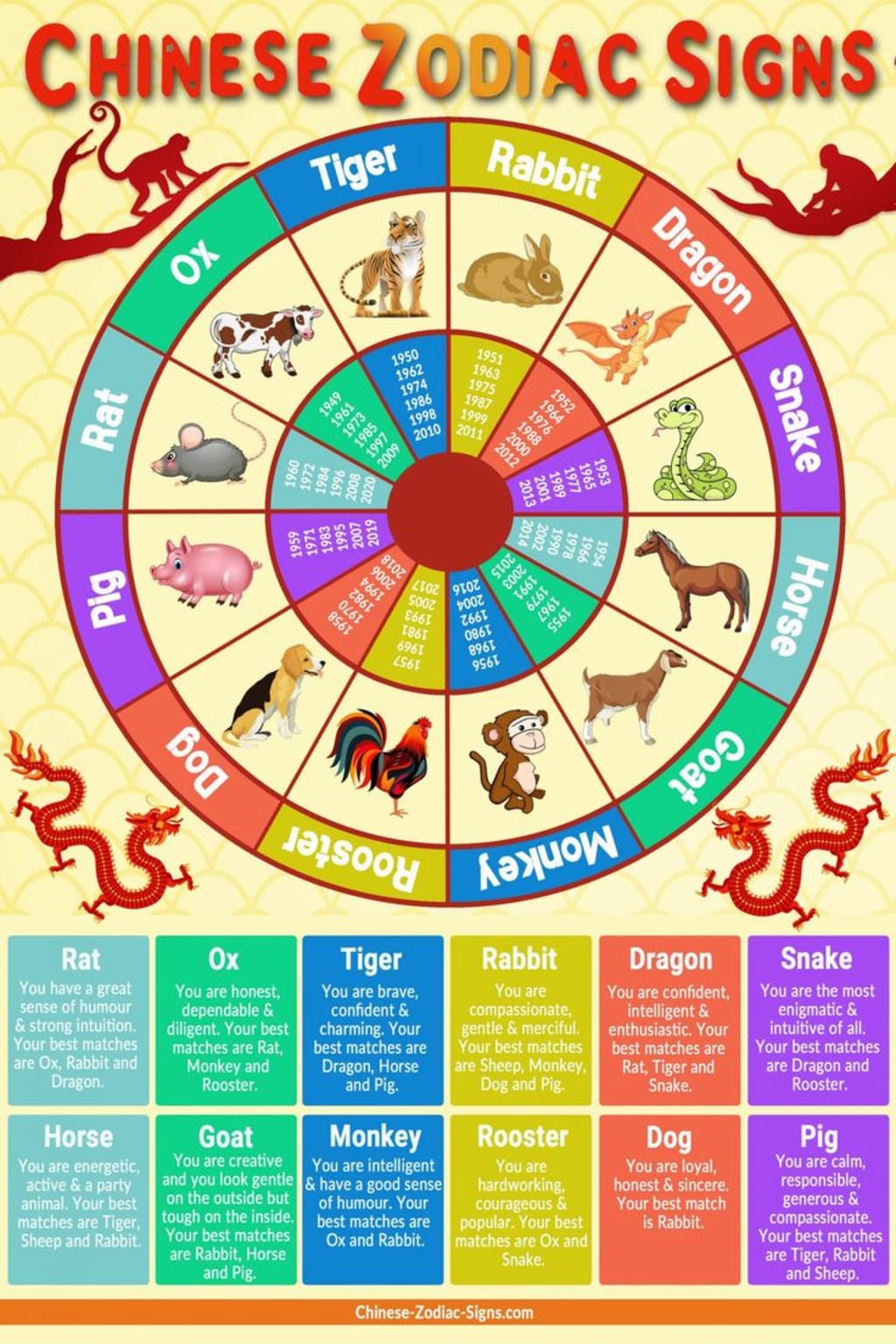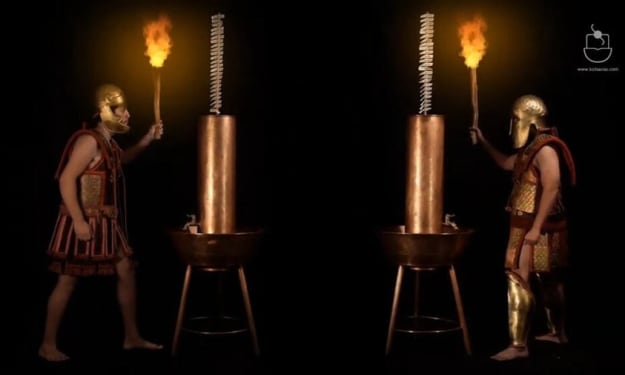"The Mythical Great Race: How Zodiac Animals Conquered Time"
"60 Years of Cosmic Chronicles, Cunning Creatures, and Cultural Wonders"

Have you ever wondered what your sign signifies in the intricate realm of astrology? In Western astrology, it's a constellation dictated by the calendar date of your birth. However, when we delve into the mystique of the Chinese zodiac, or shēngxiào, your sign is determined by your shǔxiàng – the animal affiliated with your year of birth. Amid the myriad legends that elucidate these zodiac animals and their sequencing, none shines as resplendently as the timeless narrative of the Great Race.
According to the enduring legend, Yù Dì, the illustrious Jade Emperor and sovereign of the heavens, yearned to devise a system for measuring time. In pursuit of this celestial mission, he ingeniously organized a race in which the first twelve animals to cross the river would secure a cherished place on the zodiac calendar, sequenced according to the order of their arrival.
In the initial stages of the race, the nimble rat, eager to seize an early lead, established camaraderie with the horse, the tiger, and the ox. However, the rat, being petite and lacking prowess in swimming, sought the assistance of larger, more adept animals. Regrettably, the horse and tiger declined the request, but the magnanimous ox graciously agreed to bear the rat across the river. Yet, just as they reached the river's opposite bank, the cunning rat displayed remarkable guile, leaping nimbly from the ox's head to claim the coveted first place. The ox followed closely as the second, with the indomitable tiger in hot pursuit.
Subsequent to these swift contenders, the agile rabbit, aware of her inadequacy in combating the river's current, adeptly hopped across stones and logs, securing a laudable fourth place. The formidable dragon, armed with the ability of flight, opted to halt and extend her aid to creatures encountered en route. The horse subsequently galloped across the river, but just as she arrived at the far bank, the sinuous snake stealthily slipped past. The startled horse, rearing back in surprise, inadvertently allowed the snake to secure a stealthy sixth place.
Gazing from the celestial realm, the Jade Emperor discerned the concerted efforts of the sheep, the monkey, and the rooster, who were harmoniously perched atop a raft, diligently navigating it through the river's dense vegetation. In a display of mutual accord, the trio decided to bestow the eighth place upon the sheep, owing to its soothing and harmonious nature. The monkey and rooster followed as ninth and tenth, respectively.
The diligent dog, a proficient swimmer, eventually scrambled onto the riverbank. However, his frolicking in the water extended for so long that he attained only an eleventh place. The twelfth and final position was captured by the pig, who, yielding to the pangs of hunger and fatigue, succumbed to a leisurely meal and a nap before ultimately waddling across the finish line.
This sequence, etched in the annals of the Great Race, established the order of animals in the Chinese zodiac, a cycle that recommences every 60 years. The question arises: why a cycle of 60 years and not twelve, which would seem more intuitive? The answer lies in the intricate framework of the traditional Chinese calendar, which comprises two coalescing systems. The animals of the zodiac are intertwined with what is known as the Twelve Earthly Branches, denoted as shí'èrzhī. Concurrently, the Ten Heavenly Stems, or tiāngān, are interlinked with the quintessential elements of metal, xīn, wood, mù, water, shuǐ, fire, huǒ, and earth, tǔ. Each element is ascribed the attributes of yīn or yáng, resulting in a ten-year cycle. The fusion of the Twelve Earthly Branches with the five elements, in combination with the yīn or yáng facets of the Heavenly Stems, engenders a six-decade span encompassing various permutations, recognized as the sexagenary cycle, or gānzhī.
Therefore, an individual born in 1980 would bear the emblem of the yáng metal monkey, while someone born in 2007 would carry the designation of the yīn fire pig. Remarkably, an individual can also bear an inner animal associated with their birth month, a fundamental animal linked to their birth date, and even a concealed animal predicated on their birth hour.
While the Great Race is purportedly the event that decreed the roster of animals enshrined in the Chinese zodiac, as this system disseminated throughout Asia, diverse cultures made adaptations to align it with their unique narratives. Thus, consulting the Vietnamese zodiac may unveil that you are a cat rather than a rabbit, while the Thai zodiac may introduce a mythical serpent known as a Naga, replacing the dragon.
Whether one places credence in the zodiac's influence on individual attributes or not, it undeniably offers an insightful portal into the vibrant cultural tapestry from which it emerged.
About the Creator
Enjoyed the story? Support the Creator.
Subscribe for free to receive all their stories in your feed. You could also pledge your support or give them a one-off tip, letting them know you appreciate their work.






Comments
There are no comments for this story
Be the first to respond and start the conversation.